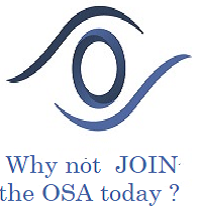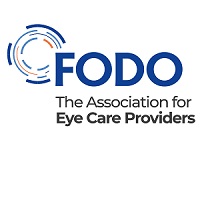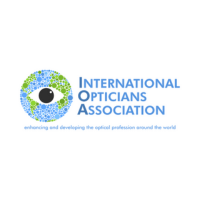Contact Lenses
‘monumental’ opportunity for contact lenses to tackle ‘pandemic’ of presbyopia
Research papers highlight ‘monumental’ opportunity for contact lenses to tackle ‘pandemic’ of presbyopia
Tackling the “hidden pandemic” of presbyopia presents a “monumental opportunity” for the contact lens industry – according to authors of a newly published BCLA global consensus report.
The pioneering BCLA CLEAR™ Presbyopia papers deliver evidence-based guidance to eye care professionals on all aspects of presbyopia and its management – shaping the future of patient care for years to come.
The first four of the seven papers are available for download now and all will be published in the forthcoming edition of the ‘Contact Lens and Anterior Eye’ (CLAE) journal, featuring work from 84 globally respected experts from a total of 18 different countries.
Research featured in the papers was presented during the BCLA’s lecture track at Optometry Tomorrow now incorporating BCLA Focus, held in Telford. (Read our BCLA Focus Report)

Discussing his paper looking at the epidemiology of presbyopia, Neil Retallic stressed the need for a standard definition for the condition and said that depending on how you classify it, presbyopia currently affects up to one in three of the world’s population and is expected to pass three billion patients by 2030.
He added: “Given the numbers involved and to the extent to which it affects peoples’ lives, presbyopia is arguably one of the most important health conditions that we face.
“The global cost of correcting presbyopia is estimated to be $30.8bn while research shows that 410 million people feel ‘disabled’ by not having access to visual correction of their presbyopia. It’s something we have to talk about more and reduce the burden. It is a pandemic that is hidden in plain sight.”
Fellow BCLA CLEAR™ author and Editor-in-Chief of CLAE, Professor Shehzad Naroo said presbyopia was ‘an open goal’ for the contact lens industry and represented an even bigger opportunity than myopia management.
Professor Philip Morgan, who has overseen the publication of BCLA CLEAR™ Presbyopia as co-chair alongside Professor Shehzad Naroo and Professor James Wolffsohn, added: “One of the things that has surprised me about this research is how many questions it has thrown up. I went into it thinking we knew quite a bit about presbyopia already, but it has really shown us that the science is not settled and that actually, what we thought was the case for maybe 150 years or more, is open to a bit more investigation. There is still plenty of work to do and from what we have uncovered it represents a monumental opportunity for contact lenses.”
The presbyopia papers build on the impact of the first BCLA CLEAR™ issue published in April 2021, which focussed on contact lenses and has proved an essential reference point for contact lens care, research and guidance across the world.
Luke Stevens-Burt, chief executive of the BCLA, said: “The BCLA CLEAR™ project has been an incredible collaboration, and we look forward to publishing a body of work that we are confident will become a blueprint for the management of presbyopia, globally for all eye care practitioners.
“These papers and the follow-on resources we produce will be invaluable for eye care professionals, giving them easy access to an amazing body of research, analysis and data and will ultimately prove to be of huge benefit to presbyopic patients.
“This research will allow us to form a global consensus on presbyopia where ECPs can see which information is evidence-based, researchers can identify gaps in current knowledge and industry can determine what still needs to be achieved.”
BCLA CLEAR™ Presbyopia was facilitated by the BCLA, with financial support by way of educational grants for collaboration, publication and dissemination provided by Alcon, Bausch+Lomb, CooperVision, EssilorLuxoticca, and Johnson & Johnson Vision.





















